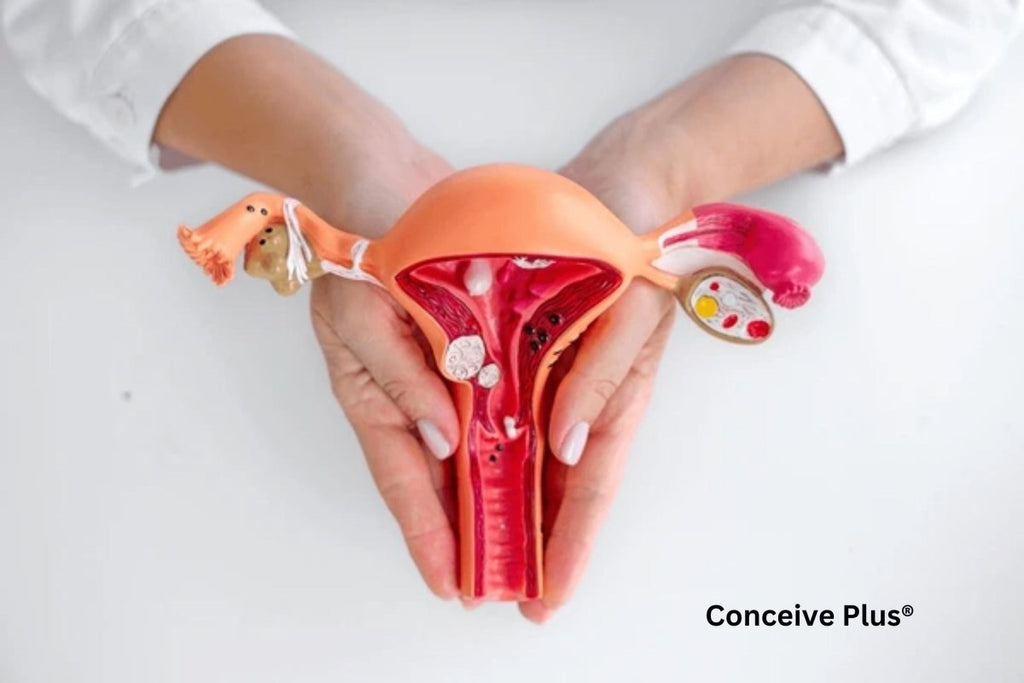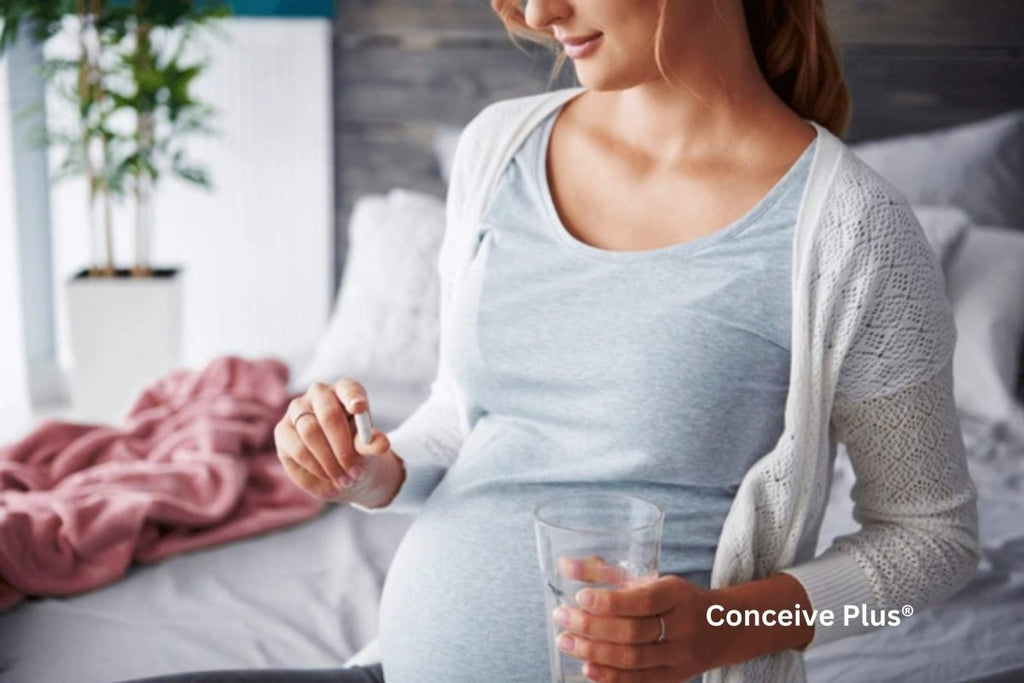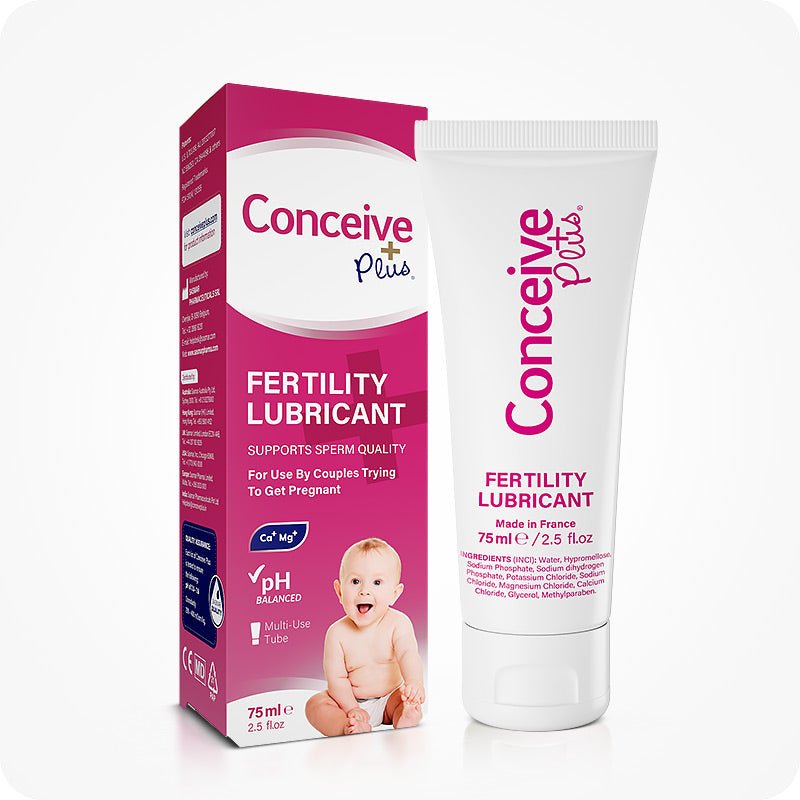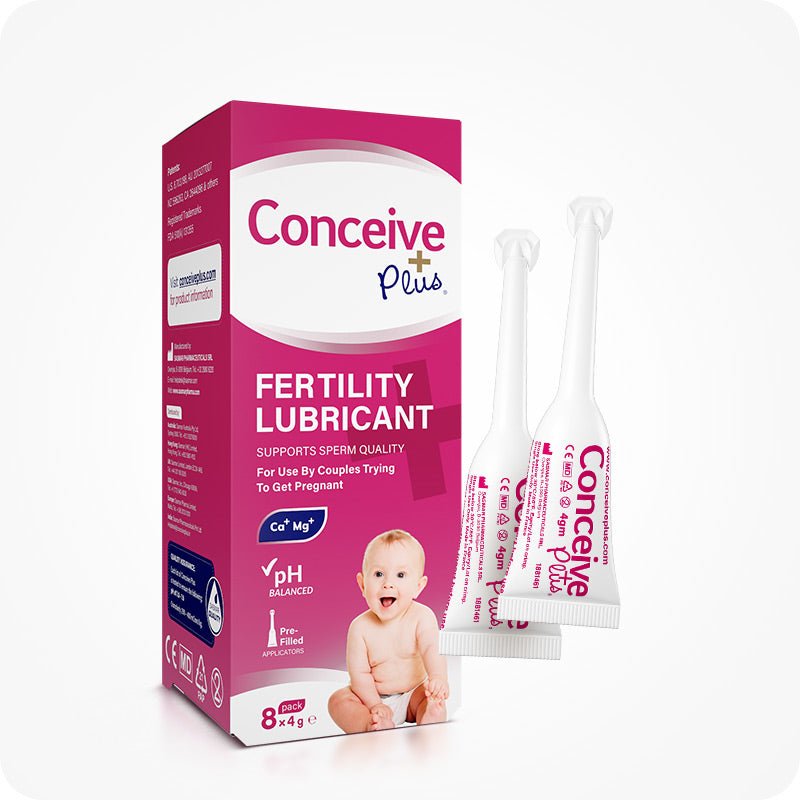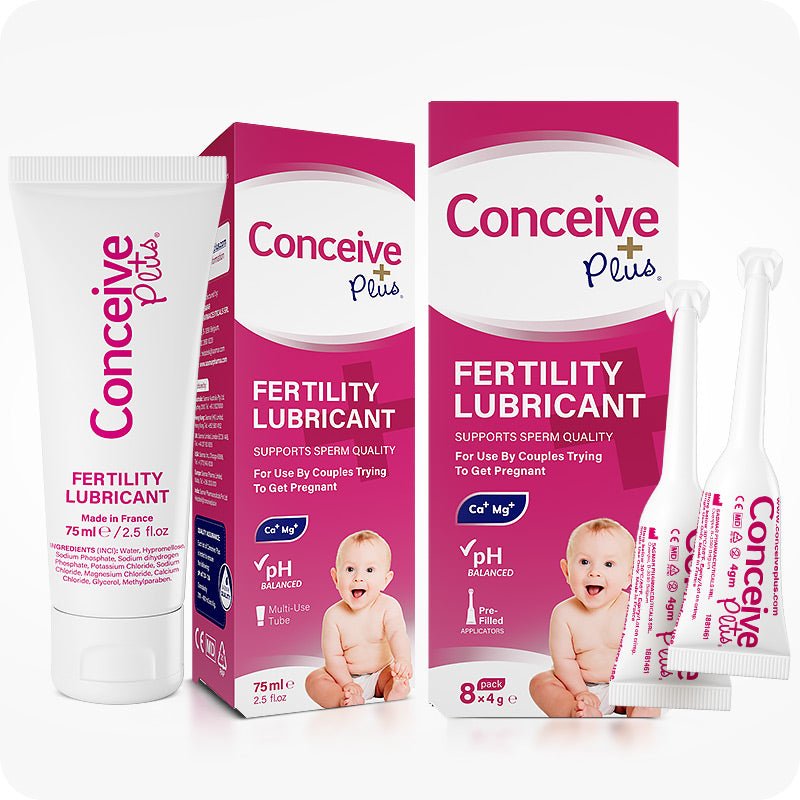Role of Uterine Lining In Female Reproductive System
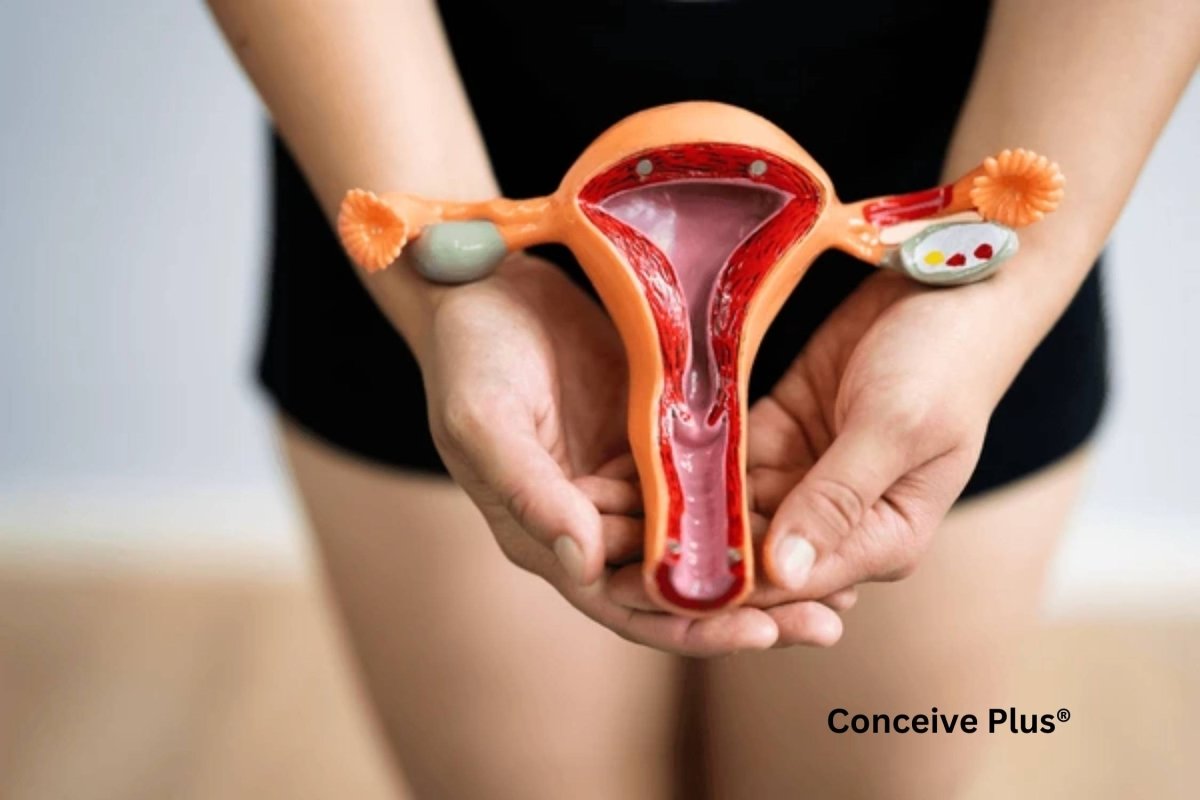
The uterine lining is the innermost layer of the uterus, an organ in the female reproductive system. It has many important functions that, without its role, conception can be challenging for any woman.
The uterine lining or endometrium changes throughout the menstrual cycle to prepare for the potential pregnancy [1]. When pregnancy does not occur, the uterine lining reverses its changes by shedding its thick layer — the layer formed earlier to facilitate pregnancy — during menstruation.
In this article, we will explore the anatomy of the uterine lining, how it changes during the menstrual cycle and what changes occur in the uterine lining throughout the pregnancy. This article also includes tips to maintain a healthy uterine lining for improved fertility health.
Anatomy of the Uterine Lining
Understanding the anatomy and function of the uterus and cervix is essential, as these structures work in harmony with the uterine lining to support reproductive health and fertility. Keep in mind that the uterine lining itself is the innermost layer of the uterus [2]. It can further be divided into three more layers, including:
- Stratum Basalis: The stratum basalis, also called basal layer, is the deepest layer of the endometrium. It remains relatively unchanged during the menstrual cycle. Its role is to serve as a foundation for the regeneration of the other layers after menstruation [3].
- Stratum Functionalis: The stratum functionalis, also called functional layer, is the outermost layer of the endometrium. It undergoes most of the characteristic changes during the menstrual cycle. It thickens, sheds, and regenerates, all to provide a facilitating environment for pregnancy [3]. The stratum functionalis is the layer where a fertilized egg implants during pregnancy.
- Endometrial Glands and Blood Vessels: Different endometrial glands and blood vessels are embedded within the endometrium. They play critical roles in nourishing the uterine lining during pregnancy and supporting the overall health of the uterus.

Changes In Uterine Lining During the Menstrual Cycle
The menstrual cycle, or female reproductive cycle, is a monthly process in females that prepares their bodies for pregnancy [1]. This cycle comprises four phases, and each phase results in a different set of changes in the uterine lining.
Here is an explanation of different changes in uterine lining during each phase of the menstrual cycle:
-
Menstrual Phase (Days 1-5)
The menstrual phase is the start of the menstrual cycle. During this phase, the functional layer of the endometrium sheds, resulting in menstrual bleeding.
This shedding occurs because the hormone levels that support the uterine lining, particularly the levels of estrogen and progesterone, are at their lowest. The basal layer of the uterine lining remains intact to regenerate the endometrium for the next cycle.
-
Proliferative Phase (Days 6-14)
Estrogen levels start to rise in the proliferative phase, stimulating the growth and thickening of the functional layer. Endometrial glands and blood vessels also develop to prepare the uterine lining for the potential implantation of a fertilized egg. The proliferative phase ends before ovulation, which is the release of an egg from an ovary [4].
-
Secretory Phase (Days 15-28)
During ovulation, a mature follicle ruptures to release the egg in the ovary. The ruptured follicle then transforms into the corpus luteum — a temporary structure in the ovary — and releases the progesterone hormone [4]. This hormone causes the uterine lining to become thicker and more glandular.
The glands secrete nutrients to support a potential pregnancy. If pregnancy does not occur, hormone levels start to drop. A drop in estrogen and progesterone signals the start of the menstruation phase of the next cycle.
-
Ischemic Phase
The ischemic phase only occurs when there is no fertilization and pregnancy in the secretory phase. In ischemic phase, the reduced blood flow to the functional layer leads to its breakdown and shedding during menstruation.
How the Uterine Lining Changes During Pregnancy?
If fertilization occurs and the fertilized egg successfully implants in the uterine lining, the endometrium undergoes a series of changes to support pregnancy. These are:
-
Decidualization
The cells of the uterine lining or endometrial cells transform into specialized decidual cells after implantation [5]. These cells provide nourishment and support for the growing embryo.
The blood vessels in the lining expand to form the placenta. It is a temporary organ that supplies oxygen and nutrients to the fetus throughout pregnancy and comes out after the child's birth.
-
Hormonal Support
The uterine tissue requires a high level of progesterone to maintain its thickness and stability during pregnancy. In the initial days of pregnancy, the corpus luteum provides this progesterone. Around the 10th week of pregnancy, the placenta takes over this role and continues to produce progesterone until the end of pregnancy [6].
-
No Shedding
Unlike the menstrual cycle, the functional layer of the endometrium is not shed during pregnancy. Instead, the endometrium function is to nourish the baby and provide a connection between the mother's body and the baby. The reason why the uterine lining doesn't shed during pregnancy is the constant supply of progesterone by the corpus luteum and placenta.
Health Conditions That Affect the Uterine Lining
Several health conditions can impact the uterine lining and lead to various symptoms and complications. These include:
-
Endometriosis
Endometriosis occurs when endometrial tissue grows outside the uterus, often on the ovaries, fallopian tubes, or other pelvic structures [7]. You may experience painful periods, heavy bleeding, pelvic pain, and infertility in this condition. The exact cause of endometriosis is not known yet, but you can manage this condition through medications and surgery.
-
Adenomyosis
In adenomyosis, endometrial tissue grows into the muscular wall of the uterus, which is the middle layer [8]. This condition can cause heavy or prolonged menstrual bleeding, severe cramps, and an enlarged uterus. Management of this condition is possible through medications, hormonal therapy and surgery.
-
Endometrial Hyperplasia
While the thickening of the endometrium is the normal part of the female menstrual cycle, endometrial hyperplasia causes an abnormal thickening of the endometrium.
This condition occurs due to excessive estrogen without enough progesterone. It increases the risk of developing endometrial cancer. You can manage this condition by fulfilling your body's progesterone requirements through medications.
-
Fibroids
Fibroids are non-cancerous growths in the uterus that disturb the functioning of the uterine lining. Depending on their size and location, fibroids can cause heavy menstrual flow, pain, and reproductive issues. Medications and surgical removal are two effective treatment options for uterine fibroids.
How to Maintain a Healthy Uterine Lining?
A healthy uterine lining translates to better reproductive health and improved fertility. Here are some tips that can help you maintain a healthy uterine lining:
-
Balanced Hormones
Reports show that around 80% of women experience hormonal imbalances at some point in their lives [9]. These hormonal imbalances are very likely to affect uterus lining. It is essential for women, especially during the reproductive age, to consult a professional to address any hormonal imbalances.
-
Healthy Diet
Different nutrients can help maintain a hormonal balance and support female reproductive health [10]. These nutrients include vitamin D, iron, calcium, iodine, and omega-3 fatty acids. You can obtain these nutrients from a healthy diet, such as fruits, vegetables, whole grains, and lean proteins.
-
Fertility Supplements
To avoid the risk of nutritional deficiencies and complications associated with them, doctors recommend taking nutrients in the form of supplements. Female fertility supplements provide you with essential nutrients for fertility packed in pills. This makes it very convenient to meet the daily nutrient requirements of your body.
-
Regular Exercise
Physical activity helps maintain a healthy weight and can improve hormonal balance. Reports also show that being physically active lowers the chances of developing uterine fibroids [11].
-
Avoid Smoking and Excessive Alcohol
Smoking and alcohol can negatively impact hormonal health and the uterine line. They can also harm female egg quality and lower their chances of conception [12]. On the other hand, quitting smoking and alcohol consumption can significantly improve reproductive health.
The Bottom Line
The uterine lining is the inner layer of the uterus where most of the changes occur during the menstrual cycle. Estrogen and progesterone hormones promote the thickening of uterine lining to prepare it for implantation of a fertilized egg and pregnancy.
When implantation doesn’t occur, the estrogen and progesterone levels start to drop. This initiates the shedding of endometrium and causes menstrual bleeding. However, if pregnancy occurs, the hormonal levels don’t drop and support the thick and nourished uterine lining throughout the pregnancy.
FAQs
-
Where is the endometrium present?
Endometrium, also known as the uterine lining, is the inner most layer of the uterus. It is present beneath the muscular layer and serves as the site of attachment for a fertilized egg.
-
What does a uterus lining look like?
The uterine lining looks like a soft, thick tissue that is rich in blood vessels. It appears smooth and pinkish when it thickens by the end of the menstrual cycle.
Resources Used
- Thiyagarajan, D. K., Basit, H., & Jeanmonod, R. (2024b, September 27). Physiology, menstrual cycle. StatPearls - NCBI Bookshelf. https://www.ncbi.nlm.nih.gov/books/NBK500020/
- Ameer, M. A., Fagan, S. E., Sosa-Stanley, J. N., & Peterson, D. C. (2022, December 6). Anatomy, abdomen and pelvis: uterus. StatPearls - NCBI Bookshelf. https://www.ncbi.nlm.nih.gov/books/NBK470297/
- Yamaguchi, M., Yoshihara, K., Suda, K., Nakaoka, H., Yachida, N., Ueda, H., Sugino, K., Mori, Y., Yamawaki, K., Tamura, R., Ishiguro, T., Motoyama, T., Watanabe, Y., Okuda, S., Tainaka, K., & Enomoto, T. (2021). Three-dimensional understanding of the morphological complexity of the human uterine endometrium. iScience, 24(4), 102258. https://doi.org/10.1016/j.isci.2021.102258
- Holesh, J. E., Bass, A. N., & Lord, M. (2023, May 1). Physiology, ovulation. StatPearls - NCBI Bookshelf. https://www.ncbi.nlm.nih.gov/books/NBK441996/
- Ng, S., Norwitz, G. A., Pavlicev, M., Tilburgs, T., Simón, C., & Norwitz, E. R. (2020). Endometrial decidualization: the primary driver of pregnancy health. International Journal of Molecular Sciences, 21(11), 4092. https://doi.org/10.3390/ijms21114092
- Editor. (2023a, September 20). Early fetal development. American Pregnancy Association. https://americanpregnancy.org/healthy-pregnancy/pregnancy-health-wellness/early-fetal-development/
- Chauhan, S., More, A., Chauhan, V., & Kathane, A. (2022). Endometriosis: A review of clinical diagnosis, treatment, and pathogenesis. Cureus. https://doi.org/10.7759/cureus.28864
- Gunther, R., & Walker, C. (2023, June 12). Adenomyosis. StatPearls - NCBI Bookshelf. https://www.ncbi.nlm.nih.gov/books/NBK539868/
- Northwell Health. (n.d.). 11 unexpected signs of hormonal imbalance. Retrieved January 8, 2025, from https://www.northwell.edu/obstetrics-and-gynecology/fertility/expert-insights/11-unexpected-signs-of-hormonal-imbalance
- Skoracka, K., Ratajczak, A. E., Rychter, A. M., Dobrowolska, A., & Krela-Kaźmierczak, I. (2021). Female Fertility and the Nutritional Approach: The Most Essential Aspects. Advances in Nutrition, 12(6), 2372. https://doi.org/10.1093/advances/nmab068
- Manager, S. (2024, August 14). Fitness and Fibroids: Solutions for Staying active | Fibroid Free. Fibroid Institute Texas. https://www.fibroidfree.com/fibroids/fitness-and-fibroids-stay-active-solutions/
- De Angelis, C., Nardone, A., Garifalos, F., Pivonello, C., Sansone, A., Conforti, A., Di Dato, C., Sirico, F., Alviggi, C., Isidori, A., Colao, A., & Pivonello, R. (2020). Smoke, alcohol and drug addiction and female fertility. Reproductive Biology and Endocrinology, 18(1). https://doi.org/10.1186/s12958-020-0567-7




